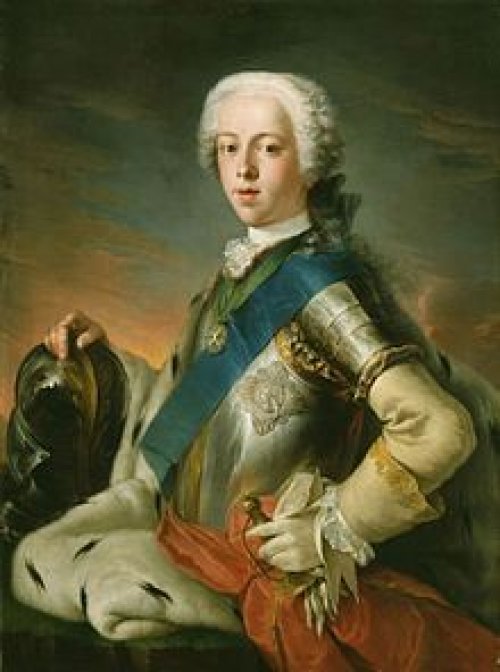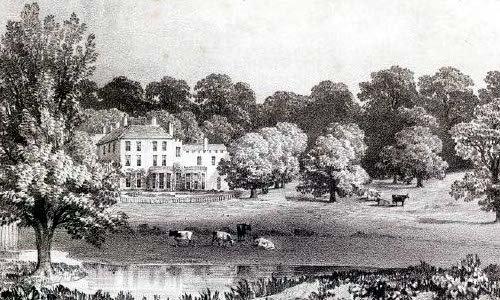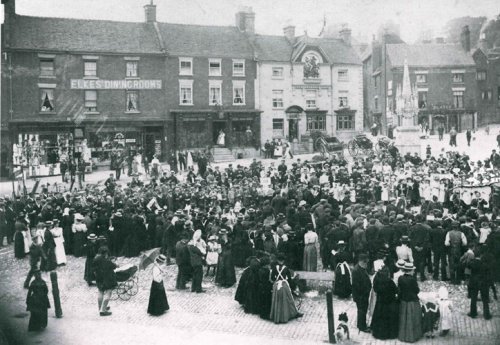Legand has it that Bonnie Prince Charlie visited Hartington Hall (now a youth hostel), where he seduced a young girl promising that he would return for her. He never did and her ghost still wanders the rooms looking for her lost love.
In 1745 Bonnie Prince Charlie declared his father to be King James III in Ashbourne Market Place during his ill-fated attempt to overthrow the Hanoverian Kings. On his journey from Scotland, he stayed at Ashbourne Hall and his troops camped in the Hall grounds (now the Town Park) before marching onto Derby. After 3 days in Derby, his generals persuaded him that they would not be successful and he reluctantly agreed to return to Scotland despite the fact that his Dragoons had captured Swarkeston Bridge over the River Trent, the last major obstacle before London.
The retreating Army looted on their return, and the landlord of the Royal Oak, an Inn by Hanging Bridge over the River Dove which still exists, was shot for failing to hand over his horse. Some stragglers were captured and hung either from or close to Hanging Bridge on the road to Leek. Not all locals were hostile, though. One Scottish soldier who had broken his ankle was sheltered by a local farmer who arranged for some Scottish drovers to take him home once he had recovered.
In 1547 the Hall is drawn as a rambling gabled timber framed range of buildings built around a courtyard. This had clearly grown over the years and by the Hearth Tax returns of 1662 the house had 21 chimneys making it one of the largest private homes in Derbyshire. The old hall was replaced in Georgian times.
Ashbourne was substantially destroyed by fire in 1252. The present Market Place is likely to have been established afterwards. It was a large triangular space surrounded by timber frame buildings. It would have stretched from the hill on Buxton Road to the site of the Green Man Inn. The infill buildings came later.
The Town Hall, historically referred to as The Market Hall, is constructed from stone in an eclectic architectural style typical of its date – 1861. The architect was Benjamin Wilson and the style is essentially Italianate.
Ashbourne Park is a surviving part of a medieval deer park. It remained part of the Ashbourne Hall estate for over 800 years and was recorded as an impaled park on a map of 1547 and described in England’s oldest rhyming epitaph as one of three hunting parks created by the Cockayne family.














